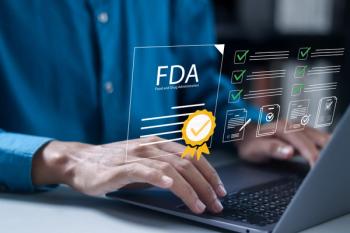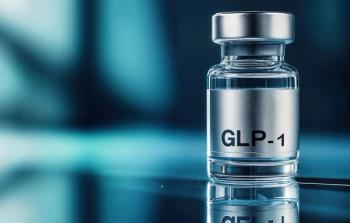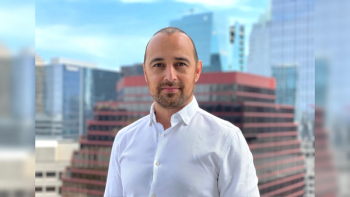
SAP Concur Data Shows Mileage Impact on Healthcare Industry
SAP Concur released new global data showing road warrior customers logged a record 5.65 billion miles in 2017-a 17% increase from 2016. On an average weekday like today, we estimate nearly 13 million travelers will hit the road in search of sealing a deal, making an in-person customer call, or maybe even making a new connection.
According to the data, mileage had the highest impact on the healthcare industry. The data shows that mileage expenses represented 9% of the global industry’s total travel and expense spend. In the U.S., healthcare workers drive 1,700 miles each year on average-the highest among all industries-and claim 20% more mileage expenses as compared to other industries.
In the healthcare field, mileage expenses represent 9% of the global industry’s total mileage spend-nearly three times more than the next highest industry, energy and natural resources. The healthcare industry includes hospitals, pharmaceutical companies, medical device companies, and biotech organizations, where sales teams frequently travel to meet with prospects and drive, on average, 52 miles each trip. Healthcare drivers rack up trips at a faster pace than any other industry, averaging 10 more transactions per traveler than other industries. Globally, the healthcare industry drove 488 million miles in 2017. That’s nearly 20,000 times around the earth.
Newsletter
Lead with insight with the Pharmaceutical Executive newsletter, featuring strategic analysis, leadership trends, and market intelligence for biopharma decision-makers.





